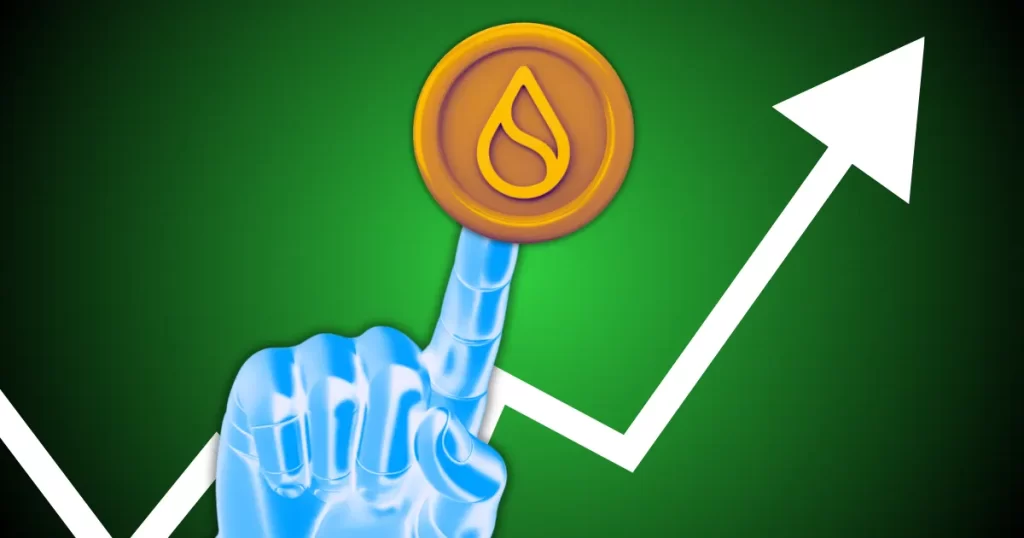Are you watching the markets? If so, you’ve likely noticed the ongoing discussion around the strength, or lack thereof, of the U.S. dollar. Recently, a significant voice entered the conversation with a clear stance: Goldman Sachs. The influential investment bank has issued a notable US dollar forecast , suggesting that the greenback’s troubles might not be over and predicting a further fall from its current levels. For anyone involved in global markets, including the cryptocurrency space which often reacts to macro currency movements, this prediction warrants close attention. Why is Goldman Sachs Bearish on the Dollar? When an institution like Goldman Sachs makes a call on a major currency, it’s based on a complex analysis of numerous economic indicators and global trends. Their current bearish view on the dollar stems from several key factors: Federal Reserve Policy: The U.S. Federal Reserve’s approach to monetary policy, particularly regarding interest rates and quantitative easing, plays a crucial role. As other central banks potentially begin to normalize policy or as global growth prospects improve outside the U.S., the relative attractiveness of dollar-denominated assets can diminish. Inflation Dynamics: While inflation has been a global theme, the market’s perception of how aggressively the Fed will need to tighten compared to peers influences currency valuations. Goldman Sachs’ view suggests the current stance might not provide sustained dollar support. Global Economic Recovery: A strengthening global economy, particularly in regions like Europe or emerging markets, can lead to capital flowing out of the U.S. and into these recovering areas, reducing demand for dollars. Valuation: At times, currencies can become overvalued based on historical averages or purchasing power parity. Goldman Sachs’ analysis likely incorporates a view that the dollar remains relatively expensive against certain peers. These interconnected factors create a challenging environment for the U.S. dollar, according to the bank’s analysis. Understanding the Dollar Index (DXY) in This Context When we talk about the dollar’s strength or weakness, we often refer to the dollar index (DXY). This index measures the value of the U.S. dollar relative to a basket of foreign currencies, typically including the Euro, Japanese Yen, British Pound, Canadian Dollar, Swedish Krona, and Swiss Franc. A falling dollar index means the dollar is weakening against this basket of currencies. Goldman Sachs’ prediction of a further fall implies they expect the DXY to continue its downward trajectory from recent levels. This isn’t just an academic point; the DXY’s movement has tangible effects: A lower DXY makes U.S. exports cheaper for foreign buyers. It can make imports into the U.S. more expensive. It influences the price of commodities, many of which are priced in dollars (a weaker dollar often makes commodities like oil and gold more expensive in other currencies, potentially increasing dollar-denominated prices). It impacts corporate earnings for U.S. companies with significant international operations. Monitoring the dollar index is key to understanding the broader implications of the Goldman Sachs forecast. Impact on the Currency Market and Beyond A weaker dollar, as predicted by Goldman Sachs, has ripple effects across the entire currency market and other asset classes. Here’s a look at some potential impacts: Other Fiat Currencies: A falling dollar typically means other currencies in the DXY basket, and potentially many emerging market currencies, will strengthen against the dollar. This can make investments in those regions more attractive or impact the competitiveness of their exports. Commodities: As mentioned, dollar-denominated commodities like gold and oil often have an inverse relationship with the dollar. A weaker dollar can provide a tailwind for these assets. Equities: For U.S. multinational corporations, a weaker dollar can boost the value of their foreign earnings when converted back to dollars. However, it can also increase the cost of imported components. Cryptocurrencies: The relationship between the dollar and cryptocurrencies like Bitcoin is complex and debated. However, during periods of significant dollar weakness, some investors may view cryptocurrencies as an alternative store of value or a hedge against traditional currency fluctuations. A falling dollar can sometimes coincide with increased risk appetite, which can benefit crypto markets, although this correlation is not always consistent or direct. Navigating the US Dollar Forecast: Actionable Insights Given the US dollar forecast from a major player like Goldman Sachs, what are some considerations for investors? Review Currency Exposure: Assess your portfolio’s exposure to the U.S. dollar, both direct (dollar-denominated assets) and indirect (international investments). Consider Diversification: A weaker dollar environment might favor assets or investments denominated in other currencies or in non-currency assets like commodities or potentially cryptocurrencies. Stay Informed on Fed Policy: The Federal Reserve’s actions remain a critical variable that could alter the dollar’s trajectory. Understand Your Goals: Your investment horizon and risk tolerance should always guide your decisions, rather than solely relying on a single forecast. It’s important to remember that forecasts are not guarantees, and currency markets can be volatile, reacting quickly to unexpected news or shifts in economic data. Challenges and Uncertainties While Goldman Sachs presents a compelling case, there are always challenges and uncertainties that could impact their forex news outlook. These include: Unexpected changes in Federal Reserve policy (e.g., more aggressive tightening than anticipated). Geopolitical events that increase demand for safe-haven assets like the dollar. A significant slowdown in global growth outside the U.S. Unforeseen market shocks. These factors highlight the dynamic nature of currency markets and the importance of considering multiple perspectives. Conclusion Goldman Sachs’ prediction of a further fall for the U.S. dollar is a significant piece of forex news that investors should consider. Their analysis points to factors like Fed policy, global recovery, and valuation as key drivers of potential dollar weakness. A declining dollar index would have broad implications across the currency market, commodities, equities, and potentially alternative assets like cryptocurrencies. While forecasts come with inherent uncertainties, staying informed about major bank outlooks and understanding the underlying economic factors is crucial for navigating the complex global financial landscape. To learn more about the latest Forex market trends, explore our article on key developments shaping the US Dollar liquidity.

















